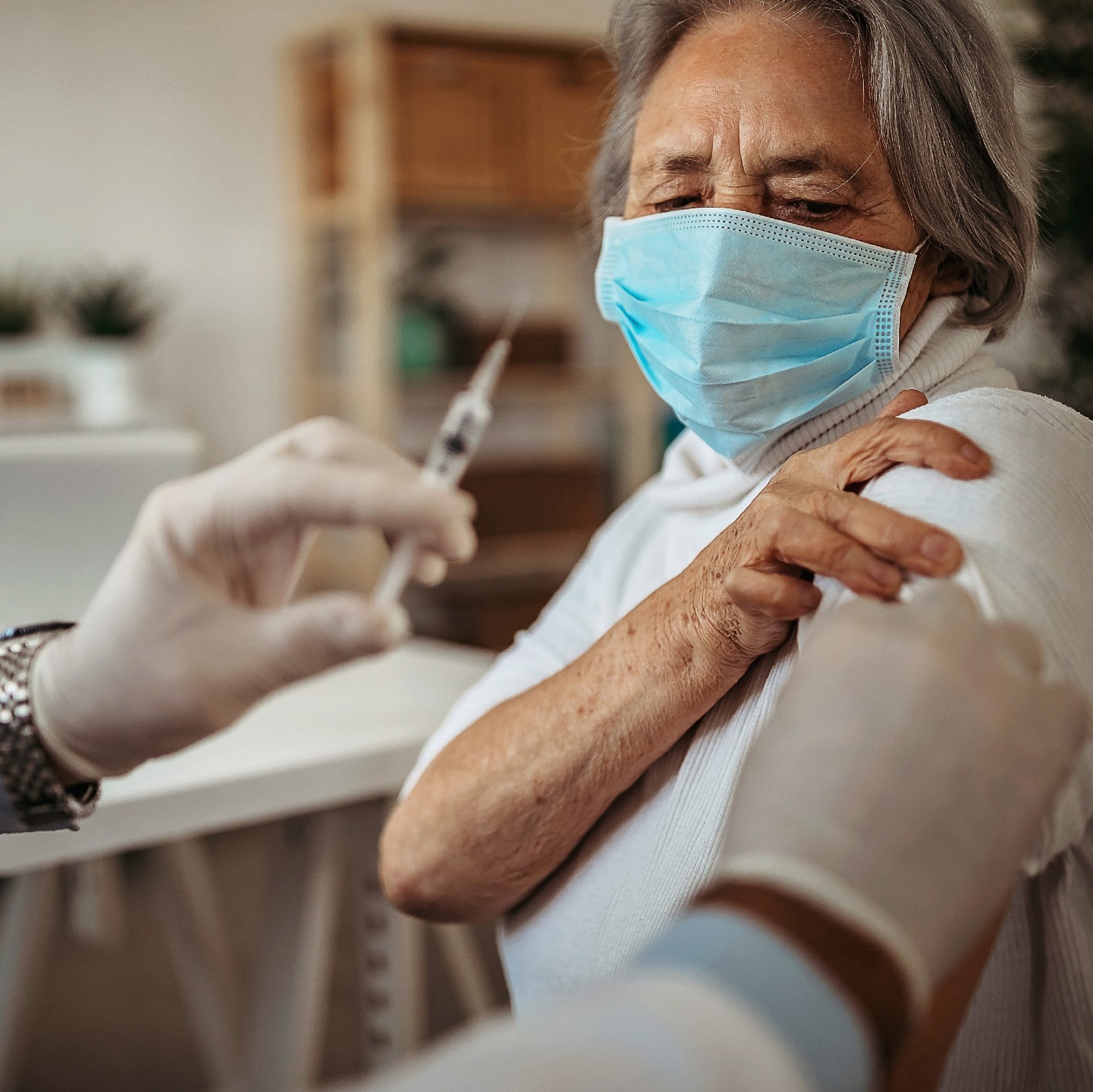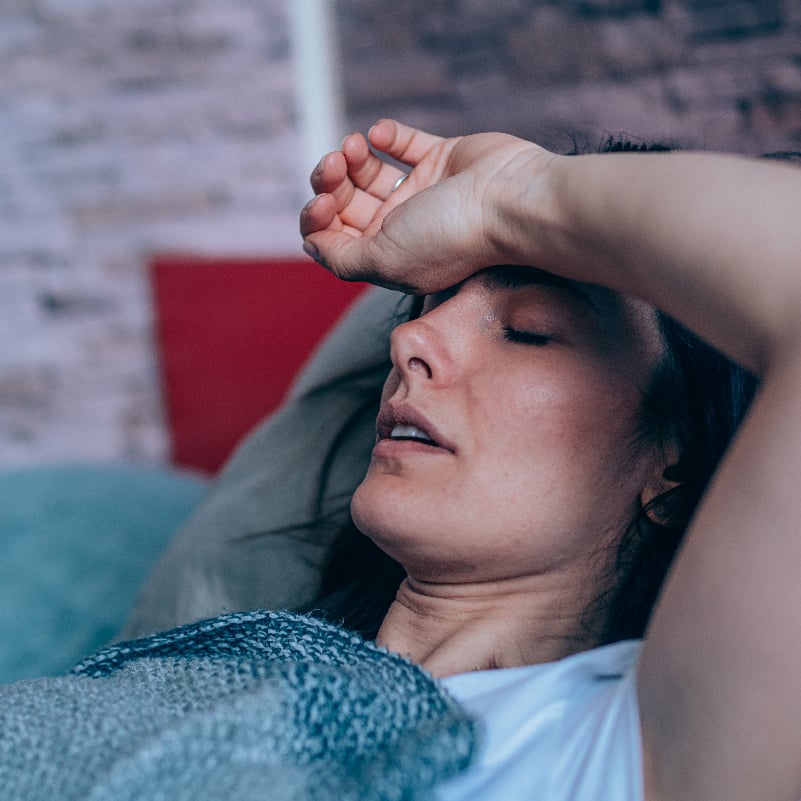As we enter 2022, new therapies are being developed and approved by U.S. health authorities to help treat COVID-19. Two of the most recent drugs to be approved are pills for certain people who test positive for the virus.
Rochester Regional Health does not yet have access to these pills and has no current timeline for when that will happen.
In this article, we explain how the drugs work, who is eligible for a prescription, and how soon we might see them available for eligible patients.
What pills are available?
So far, the FDA has reviewed and approved two COVID-19 antiviral pills aimed at reducing the severity of illness in eligible patients who have tested positive for the virus.
The approved pills are Merck’s molnupiravir and Pfizer’s Paxlovid. Both are designed to be taken orally.
The FDA approved Paxlovid for emergency use authorization on December 22, 2021, and molnupiravir on December 23, 2021.
Both pills are designed for certain COVID-positive patients only; they are not approved for pre-exposure or post-exposure preventative use.
How do they work?
When taken, molnupiravir identifies the COVID-19 virus within the body and introduces errors into the genetic code of the virus. The errors prevent the virus from replicating, which makes it easier for the body’s immune system to defeat.
Patients who are prescribed molnupiravir take four 200 mg capsules every 12 hours for five days.
Molnupiravir reduced the proportion of people with COVID-19 related hospitalization or death by 30 percent compared to patients who received placebos in its clinical trials.
Paxlovid is comprised of two antiviral medications: nirmatrelvir and ritonavir. Nirmatrelvir prevents production of COVID-19 proteins and thus the virus cannot replicate; ritonavir slows down how quickly nirmatrelvir breaks down.
Patients who are prescribed Paxlovid take 3 tablets (2 nirmatrelvir and 1 ritonavir) twice a day for five days.
In clinical trials, Paxlovid reduced the proportion of people with COVID-19 related hospitalization or death from any cause by 88 percent compared to patients who received placebos when the drug was given to high-risk persons early in their infection.
What is the difference between the pills and vaccines?
The three FDA-approved COVID-19 vaccines – Pfizer-BioNTech, Moderna, and Janssen (Johnson & Johnson)– are designed to help boost the body’s immunity to the virus before infection with the virus.
By receiving two doses of the Pfizer or Moderna vaccines, or a single dose of the Johnson & Johnson vaccine, and an additional booster dose later on, a person is better protected against the COVID-19 virus – including the Omicron variant that is now dominant in the U.S.
The pills were created for people who contract the COVID-19 virus. Once a patient tests positive, providers can write a prescription within five days of the start of symptoms, if the patient is eligible for the drugs.
Who is eligible take them?
Both pills are prescription-only for certain patients who test positive for COVID-19; there are no over-the-counter medications approved by the FDA.
Patients being prescribed Paxlovid must be:
- At least 12 years old
- At least 88 lbs.
- At high risk for progression to severe COVID-19, including hospitalization or death
Patients being prescribed Molnupiravir must be:
- At least 18 years old or older
- At high risk for progression to severe COVID-19, including hospitalization or death
Side effects and at-risk patients
There are some side effects associated with both drugs. If a provider prescribes either drug for a patient, the patient is advised to speak with their primary care provider first before using the prescription.
For molnupiravir, the FDA does not recommend the drug for patients who are pregnant due to potential harm to the fetus. Patients under the age of 18 should also not be prescribed the drug due to potential effects on bone and cartilage growth.
Some side effects for molnupiravir include:
- Diarrhea
- Nausea
- Dizziness
For Paxlovid, the FDA does not recommend the drug for patients who are hypersensitive to nirmatrelvir and ritonavir. Patients who have severe kidney or liver impairment, or uncontrolled or undiagnosed HIV-1 infection should also consult with their primary care provider before making any decisions about this drug.
Some side effects for Paxlovid include:
- Diarrhea
- Impaired sense of taste
- Elevated blood pressure
- Muscle aches
How much will they cost?
The U.S. government has purchased 10 million courses of Paxlovid and 3 million courses of molnupiravir. Both will be distributed at no cost.
Contact your health insurance provider for more information.
When will they be available?
Similar to initial shipments of the COVID-19 vaccines, there will be limited availability of both Paxlovid and molnupiravir at first.
An initial shipment of 65,000 courses of Paxlovid will go out to all states and territories by the end of December; 3,180 of those courses will be distributed to New York. An additional 200,000 courses are scheduled for release in January.
There will be 300,000 courses of molnupiravir going out to all states and territories by the end of December; 14,900 of those courses will be distributed to New York.
All doses are being distributed to state and territorial health departments, along with select Health Resources & Services Administration (HRSA) funded health clinics. Health departments will ship the drugs directly to pre-allocated pharmacies, doctors’ offices, clinics, hospitals, urgent care centers, and local health departments.
Rochester Regional Health will make these prescriptions available to providers as soon as possible. There is no current timeline for when that will happen.









